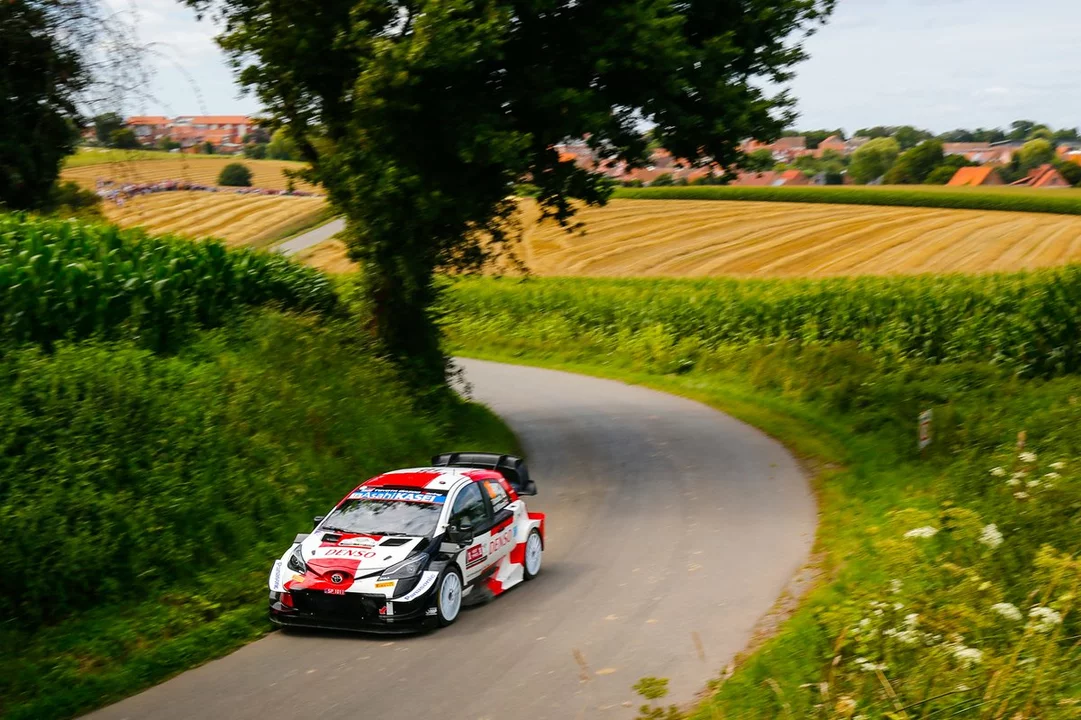How do rally racing call outs work?
 May, 6 2023
May, 6 2023
An Introduction to Rally Racing Call Outs
Rally racing is an exciting and adrenaline-pumping motorsport that involves racing specially designed off-road vehicles on various types of terrain. One of the unique aspects of this sport is the use of a co-driver, who provides the driver with crucial information about the course through a series of call-outs. In this article, we will delve into the world of rally racing call-outs and learn how they work, why they're important, and how they affect the race.
Understanding the Co-Driver's Role
The co-driver is an essential part of any rally racing team. Their job is to provide the driver with vital information about the course, including upcoming turns, jumps, and hazards. This information is delivered through a series of call-outs, which are carefully timed to ensure the driver can react appropriately. The co-driver's role is challenging, as they must memorize the entire course and be able to deliver the call-outs with precision and accuracy. Without a co-driver, rally racing would be nearly impossible due to the unpredictable nature of the terrain and the high speeds at which the cars travel.
The Art of the Call-Out
Call-outs are essentially a form of shorthand communication between the co-driver and driver. They are designed to convey vital information about the course while taking up as little time and mental bandwidth as possible. A typical call-out will include information about the type of turn (such as its severity and direction), the distance to the turn, and any potential hazards or obstacles. The co-driver will often use a combination of numbers, letters, and abbreviations to convey this information as efficiently as possible. For example, a call-out might sound like "Left 3, 100, crest" - this would tell the driver that there's a moderately sharp left turn coming up in 100 meters, followed by a crest in the road.
Tools and Resources for Co-Drivers
Co-drivers rely on a variety of tools and resources to help them deliver call-outs with precision and accuracy. One of the most important tools is the pace notes, which are a written record of the course and its various features. Pace notes are created during a pre-race reconnaissance run, where the co-driver meticulously records every detail of the course. These notes are then used during the race to guide the call-outs and ensure the driver has all the information they need to navigate the course effectively.
Other tools that co-drivers may use include:
- GPS devices: These can be used to track the car's position and help the co-driver remain aware of upcoming turns and features.
- Stopwatches: Co-drivers use stopwatches to time their call-outs, ensuring they are delivered at the right moment.
- Intercom systems: These allow the co-driver to communicate with the driver even over the roar of the engine and the noise of the terrain.
How Call-Outs Impact the Race
Call-outs have a significant impact on the outcome of a rally race. A skilled co-driver can help their driver navigate the course more quickly and safely, potentially shaving seconds off their time and reducing the risk of accidents. On the other hand, poor call-outs can lead to confusion, slower times, and even crashes. This makes the relationship between the co-driver and driver incredibly important, as they must be able to trust one another and communicate effectively under high-pressure conditions.
Learning the Lingo: Common Rally Racing Call-Outs
If you're new to rally racing, it can be helpful to familiarize yourself with some common call-outs and their meanings. Here are a few examples:
- Right/Left followed by a number: Indicates the direction and severity of a turn, with 1 being a slight turn and 6 being a sharp turn.
- Distances: Usually given in meters, these tell the driver how far away the next feature is.
- Crest: Indicates a rise in the road that may affect visibility or traction.
- Caution: A warning that there is a hazard or tricky section ahead.
- Double caution: A stronger warning, indicating a particularly dangerous or challenging section of the course.
Conclusion: The Importance of Call-Outs in Rally Racing
In conclusion, rally racing call-outs are a critical aspect of this thrilling motorsport. They enable the driver to navigate complex and unpredictable courses at high speeds, while also minimizing the risk of accidents. The co-driver plays an essential role in the success of a rally racing team, and their ability to deliver accurate and timely call-outs can make all the difference between victory and defeat. As a fan or aspiring participant, understanding how call-outs work can enhance your appreciation of the sport and help you follow the action more closely.